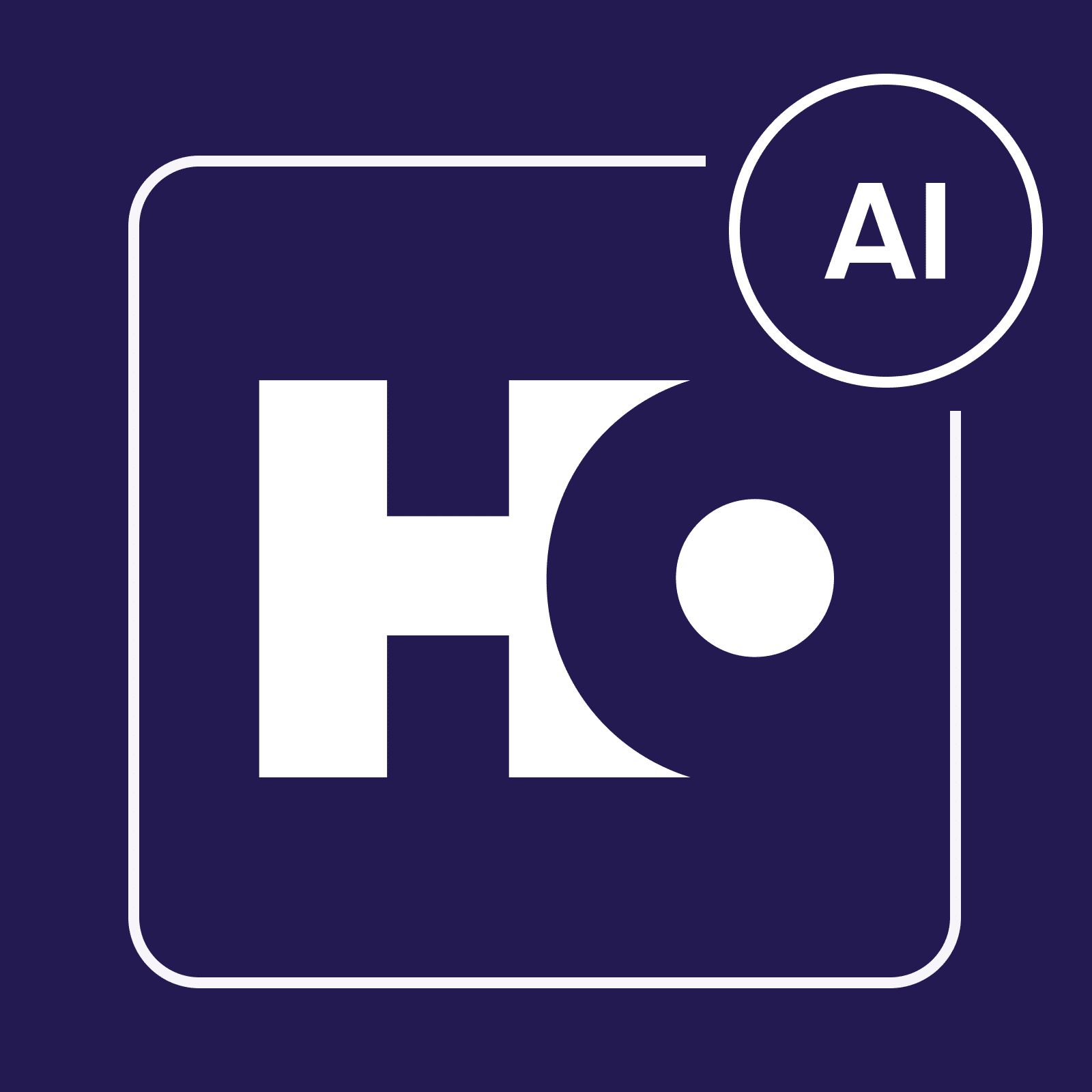Table of Contents
What are the components of a landing page?
You will normally notice these aspects in landing pages with high conversion rates:
- Headlines and subheadlines where the reader can clearly see the brand’s intended value proposition.
- Visuals (e.g. photos and/or videos) designed to capture attention.
- A CTA that tells visitors what they should do next.
- Concise and persuasive copy that highlights the benefits of completing a desired action (the information must, however, be accurate).
- Social proof (e.g. customer reviews and real-life testimonials).
- A lead capture form; here, visitors will enter their details (e.g. an email address).
- A thank you page to confirm that an action has been taken; this will ideally also tell users what they next need to do.
What makes a landing page effective?
Utilize these characteristics in your landing pages:
- Clarity: Communicate the offer clearly and tell the user why they should take action.
- Relevance: Your landing page should be consistent with why the user initially clicked on the page.
- Focus: Use one CTA and remove anything that distracts the user from this.
- Credibility: Use social proof where possible; this is vital for building trust, especially if you’re a new brand.
- User Experience: Optimize your landing page for mobile and use UX practices like logical navigation.
How long should a landing page be?
There is no single rule for how long a landing page should be. It depends on what’s required to persuade your audience, and whether you have a simple or complex offer. In any case, only the essential elements and information should be there – meaning that you’ll probably gravitate toward a shorter landing page.
Do I need a domain for a landing page?
You should consider a landing page domain for professionalism and credibility, even though you can use subdomains. For promotions and events, it’s even more important that you use a specific domain.
What are the different types of landing pages?
Some common landing page types are:
- Lead Generation Landing Pages: Use these if your main aim is to collect user information (e.g. email addresses). Offer something in return, such as a checklist or eBook.
- Clickthrough Landing Pages: Common in eCommerce. You should utilize these to build initial rapport before users go to a checkout page.
- Sales Landing Pages: Directly promote/sell a product or service. Often used in product launches and for digital products.
- Squeeze Pages: You’ll use these if you only want to communicate email addresses; these should be minimalist in design.
What’s the best way to get started creating a landing page?
You can build a landing page in these ways:
- Landing Page Builders: Use specifically designed drag-and-drop tools for building basic landing pages (e.g.Hocoos).
- Content Management Systems (CMS): You can create CMS tools if you want more customization and flexibility – however, you will need more technical knowledge.
- Custom Development: Use this if you want 100% control over design and how the landing page works – understand the extra time and money commitments first.
How can I optimize a landing page to increase conversion rates?
Consider these suggestions:
- Testing: Try different layouts, CTAs, headlines, etc. with A/B testing.
- CTA: Your CTA must be obvious on the page, and it should also be clear/concise.
- Distractions: Minimize distractions by including only essential elements. Remove anything you deem to not be necessary, based on your goal.
- Social Proof: If you have testimonials, reviews, or case studies, you should use these on your landing page.
- Mobile Optimization: Use a mobile-first approach so that your landing page works on mobile and desktop.
How can I optimize a landing page for SEO?
Here’s how to use SEO on your landing pages:
- Keywords: Use keyword research to identify what your audience is looking for, and add these terms naturally into your content.
- On-Page Elements: Meta descriptions, image alt texts, header tags, and title tags should all be adjusted.
- High-Quality Content: Your content must inform and engage users based on what they’re looking for. Use SEO tools (e.g. Ahrefs) if you need to identify content gaps.
- Backlinks: Google and other search engines consider backlinks in SEO. You should try and get these organically from reputable websites.
Conclusion
Landing pages can convert leads/customers if you know how to use them and understand their possible limitations. They’re separate from your website and can drive users toward specific actions. Make sure that you understand which one you should use, along with what you should consider when creating these.
Utilize landing pages for product launches, email list growth, events, and other marketing purposes. And once you’ve designed your landing page, make sure that you’ve optimized it for search engines as much as possible.


